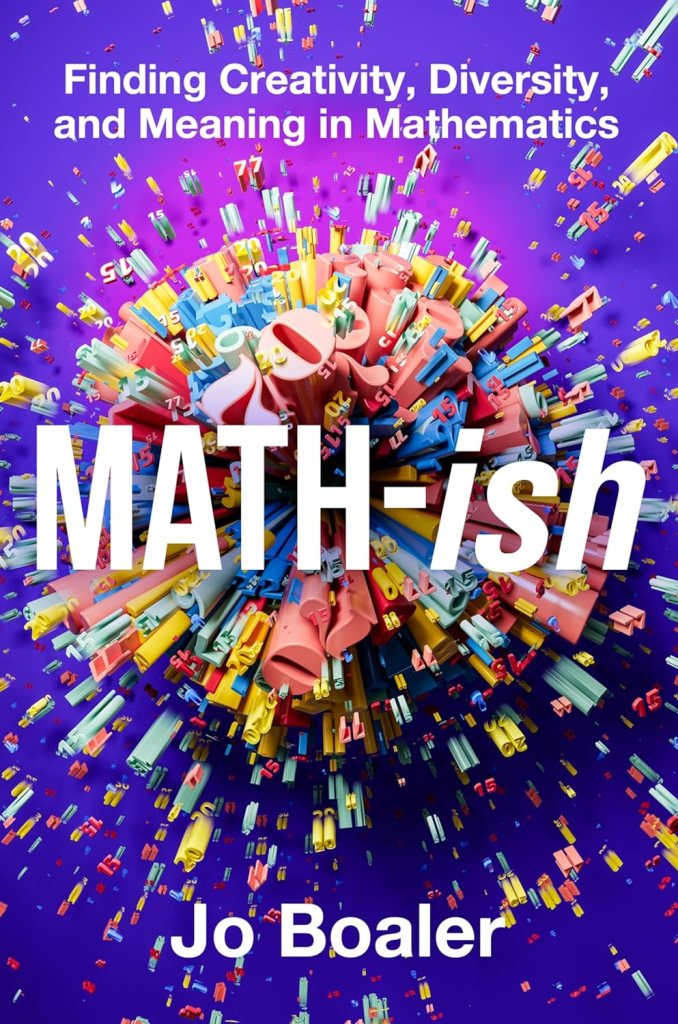Mathematics is a vital part of a child’s education but many children struggle to find enjoyment in the subject. Working with numbers and solving algebraic expressions may make some children feel confident while for others it may evoke feelings of anxiety. Those who excel in maths might be prone to saying that maths is hard and that they have shown how brilliant they are by being a high achiever. However, there are sometimes many different ways of considering mathematical concepts such as recognizing patterns of growth, as Jo Boaler elaborates on in the video below at around the 34-minute mark.
During the last decades, there have been changes in the teaching methods for reading, writing and science but the way maths is taught has remained largely unchanged. Today, there are innovative ideas that suggest significant changes to the way maths is taught, emphasizing the importance of making maths more relevant, useful” and engaging for children. These changes are based on research on successful math students’ problem-solving approaches, where it was found that a key difference between high and low achievers is their willingness to embrace challenges.
“High and low achievers: We want to struggle. It’s an important time for our brain. You don’t want to be getting everything right in math class. That means you haven’t given your brain a good workout,” Jo Boaler, professor of mathematics education at Stanford.
Embracing challenges in math class is crucial for cognitive development and learning. Jo’s aim is to introduce students to the beauty of mathematical thinking. While her ideas have received both praise and criticism, her innovative approaches offer the chance to step back and think and explore mathematical concepts.
Her upcoming book Math-ish: Finding Creativity, Diversity, and Meaning in Mathematics, set to be released in May in the US (June in the UK), seeks to inject playfullness and wonder into the classroom. This approach will empower children to engage in maths in a more meaningful and enjoyable way.

There are many myths about maths and learning. One myth is that you are either born or not with a maths brain. In the video, Jo explores neuroscientific research about brain plasticity. One of the main conclusions from recent resrach is that everyone’s brain can grow and change and nobody is born with a maths brain and no-one is born without one.
“Every brain has the capacity to grow and change; no one is born with an innate “maths brain,” nor is anyone born without one. Mathematics can be a realm of creativity and an avenue for exploring ideas, often involving visual elements. When you engage with a new mathematical concept, your brain forms, strengthens, or connects pathways.
You’ll find the resource here.
This resource encourages children to explore different ways to make a number. This is a great way to spark excitement for maths at a young age. In contrast, to a worksheet focusing solely on finding the correct solution to a problem, the journal prompts are presented as challenges with several possible solutions that may require time to solve. Children are also provided with the chance to choose their own numbers, offering them a sense of freedom for their learning. The emphasis is on the process of finding different ways to generate a number, rather than speed or finding “the only right answer”.
Children can explore addition and subtraction, yet, it also provides opportunities for students to explore fractions or multiplication. This means that you can use the resource to differentiate the learning.
Additionally, the resource includes the activity ‘Write a Math Story,’ where children are asked to create a story involving giraffes or cassowaries (an Australian bird) using visual prompts. Using math stories is a wonderful way to let children by creative and explore mathematical concepts in a playful manner. Encouraging creativity in maths from an early age help children develop a positive attitude towards the subject and nurtures a sense of mathematical curiosity.





